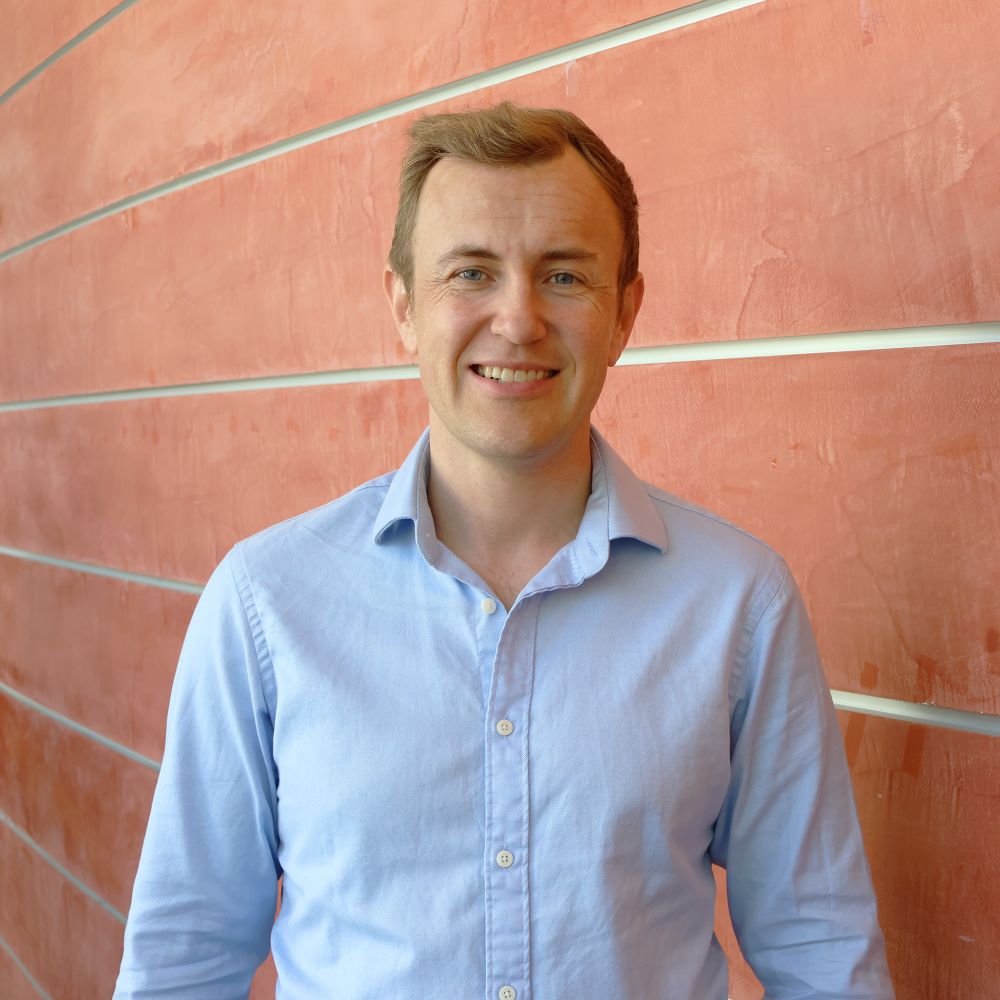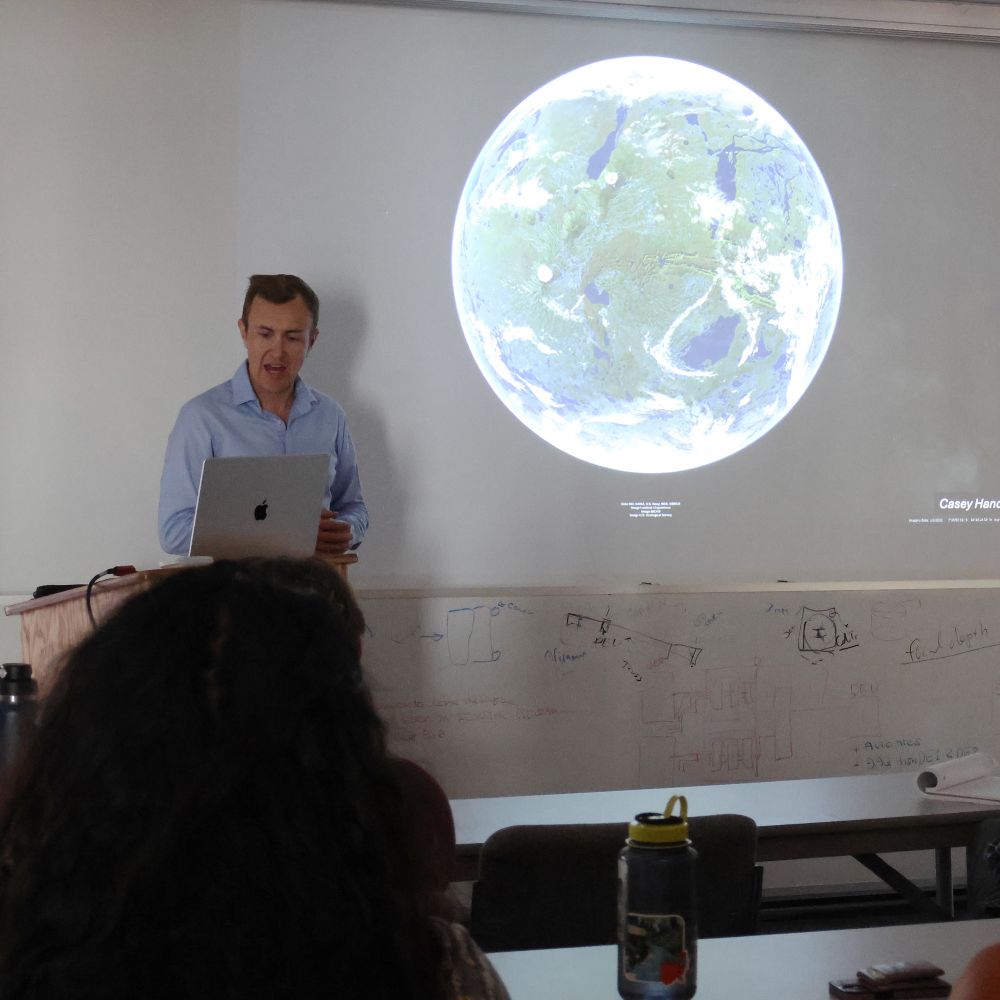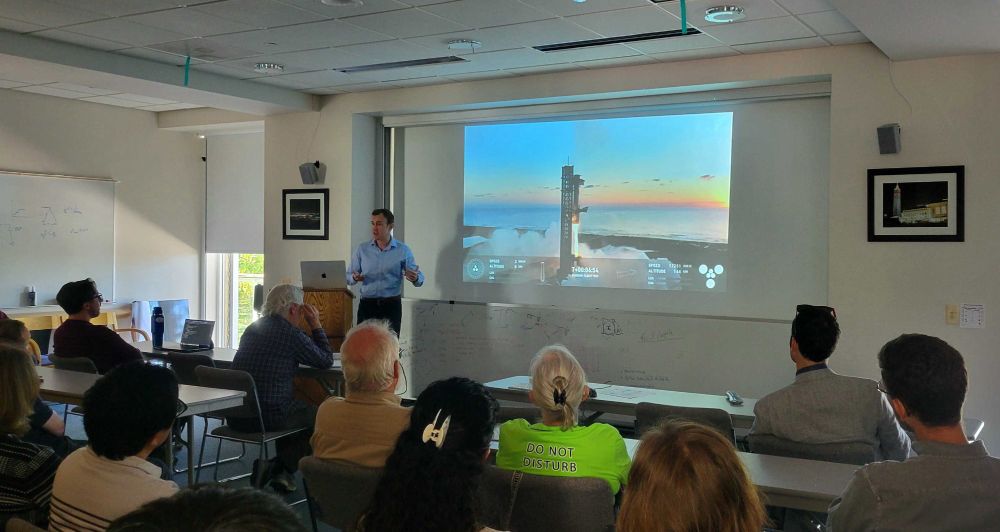Space Sciences Laboratory
@ucbssl.bsky.social
44 followers
22 following
33 posts
The Space Sciences Laboratory (SSL) at UC Berkeley is a preeminent university lab for space research and has participated in 50+ NASA missions since 1959.
Posts
Media
Videos
Starter Packs
Reposted by Space Sciences Laboratory
Reposted by Space Sciences Laboratory
Reposted by Space Sciences Laboratory


































